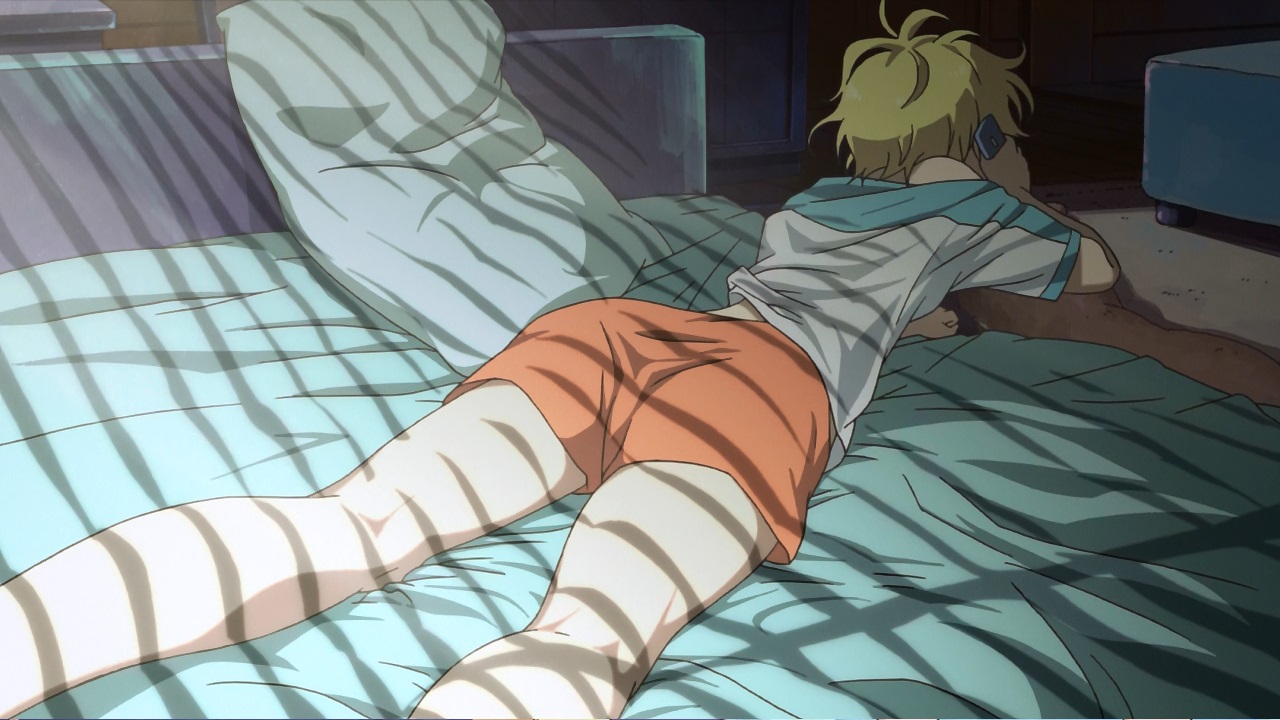Trigger for when the fictional moon landing from the 1950 Rocketship X-M is less sexist than the actual moon landing programme a decade later.
Yes, that’s right. Unlike the real moon programme, he crew of the Rocketship X-M includes a female scientist next to the ex-air force pilots. Granted, she’s partially there for the romance subplot but it still struck me. She’s treated as one of the crew, just as professional as the others in a way that some much later, ‘better’ movies couldn’t do.
Rocketship X-M was made as a cheap cash-in on a more prestigious film on the same subject that also came out in 1950: Destination Moon. This was when you could still film a movie in eighteen days to take advantage that another project had been delayed by a month. It’s one of those movies I’ve read about a long time before I saw it today, back in the day when if your local videostore didn’t have it, you could only read about it in science fiction encyclopedias from the library. I thought I knew what to expect, just some shlocky, badly acted movie only relevant because it was arguably the first movie of the 1950ties sci-fi boom.
It was better than that though. There’s an earnestness to it that’s unexpected in a b-movie. There are no monsters, no things men wasn’t meant to know, but a desire to get the science right. It actually starts with a long infodump disguised as a press conference explaining how the ship will get to the Moon from the Earth and it sort of get things right? They actually use a multistage rocket and talk about using the Earth’s orbital spin to give them enough velocity to get to the Moon in 48 hours. A pity then that once the journey is underway, they run into a meteor storm and hear them whoosing past them with the deep rumbling sound you’d expect from a bunch of rocks travelling in a vacuum. There’s a fair bit of bad or outdated science like that in this movie, but it doesn’t really matter. At least it is trying to get it, if not right, at least plausible.
We can’t have a space movie without something going wrong on the movie so the ship promptly develops engine troubles, which they manage to fix, but unfortunately once it starts to accelerate the crew gets knocked unconscious and they managed to miss the Moon and end up on …. Mars. Not exactly plausible, but bear with it. This is of course a pre-Viking Mars, still twentysix years in this movie’s future, so it has an almost breathable atmosphere where you don’t need a real space suit. And of course it has an ancient, now vanished civilisation, but no Barsoom style planetary adventures here.
No, the reason there is no more ancient Martian civilisation is because it destroyed itself in a nuclear war. Even seventy years later, the scene in which the characters realise that is gripping, even with the obvious matte painting backgrounds and red filter landscape. It gets a bit more hokey once they run into the degraded into barbarity survivors and most of the crew dies at their hands. Those that survive reach the ship and make the trip back to Earth, only to crash at the very end. The movie ends with the main scientist behind the project being asked how he feels now Rocketshipp X-M proved a failure. His answer is that it isn’t and that they’re already working on the X-M 2.
Rocketship X-M then, is more of a science fiction than a sci-fi movie, perhaps the first to take the idea of space travel seriously as more than just a way to get the heroes to the scene of the action. And it only existed because George Pal was a bit behind on his movie…




